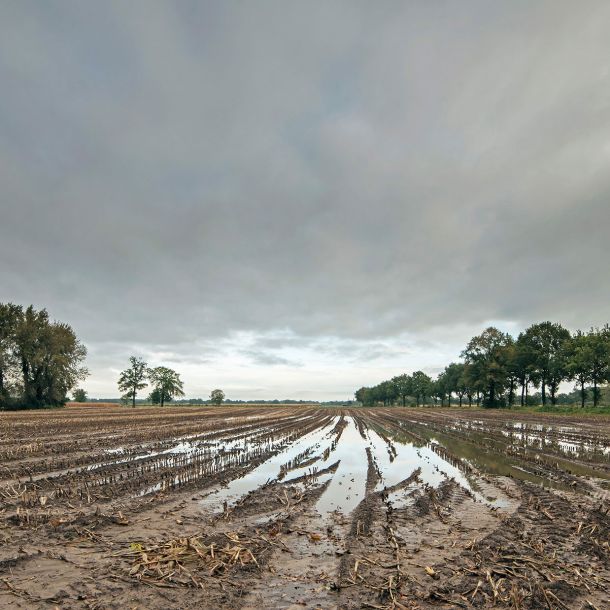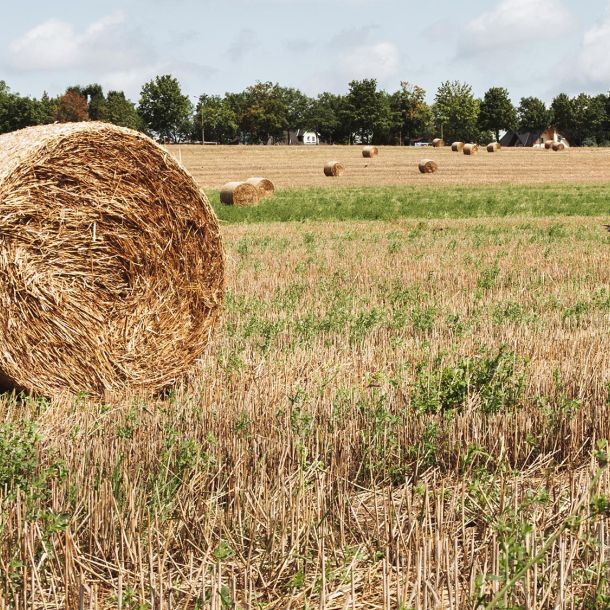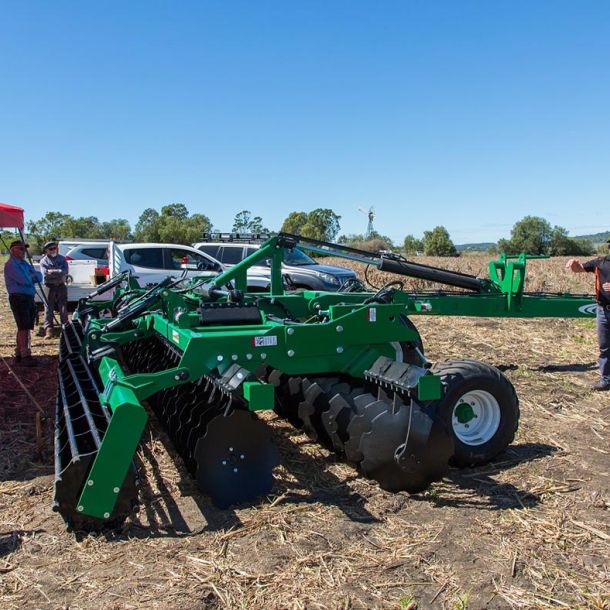Soil acidity: how deep does the problem go?
While it does occur naturally, soil acidity is also an unavoidable side-effect of agriculture, which increases the concentration of hydrogen ions in your soil. On the surface, it may seem like a trivial issue, but left unchecked it can cause lasting problems for your crops.
Careful management of soil acidity can save you a lot of money in the short- and medium-term. The trick is to find the right balance between lime application and tillage. But before we get to solutions, let’s take a deeper look at the problem…
Getting the balance right
For decades, soil acidity has had a big impact on crop production in Australia, especially on sandy soils. Low soil pH reduces nutrients for plant growth and increases aluminium content, which is toxic and can badly stunt root growth. Barley, Lucerne, Canola and Medic are particularly sensitive to soil acidity; as are most pulses, including lentils, chickpeas and fava beans.
Soil acidity builds up slowly over time, so it’s easy to think it’s not costing you much and that it’s only an issue in the topsoil, where it’s easily treated by applying lime on the surface. But the fact is, acidity can seep into the subsoil too. So how do we know when that’s happened? And how do we balance our urgent need to farm, with the pressing need to treat the acidity issue?
The acid test
Surface and subsurface acidification may show up as uneven crop and pasture growth, yellowing of crops, poor nodulation and stunted root growth — but these signs of surface and subsurface acidity aren’t easy to spot.
To be safe, you should monitor your pH levels with regular soil testing at least every five years. Samples should be taken from the same soil type and land use, with at least 20-30 from both the topsoil and the subsoil. When the soil pH (CaCl2) falls below 5.0, it’s time for a lime solution.
But lime will generally only seep into the subsoil when the topsoil pH is kept above 5.5, otherwise all the lime is used up neutralising the surface acidity. So a good solution is to also till deep into the subsoil, working the lime into it without waiting for seepage to occur.
The THUNDERRIPPER® with Hydraulic Tines by K-Line Ag is built to shatter compacted soils. With tines that reach deep into hard pans to break and lift them up, this heavy duty Ripper ameliorates the soil by ripping through hard pans. This increases yields through:
- greater root development and plant growth,
- improved nutrient update and moisture entry, and
- organic material incorporation
K-Line has a range of Rippers suitable for all farming types and soil conditions.






















